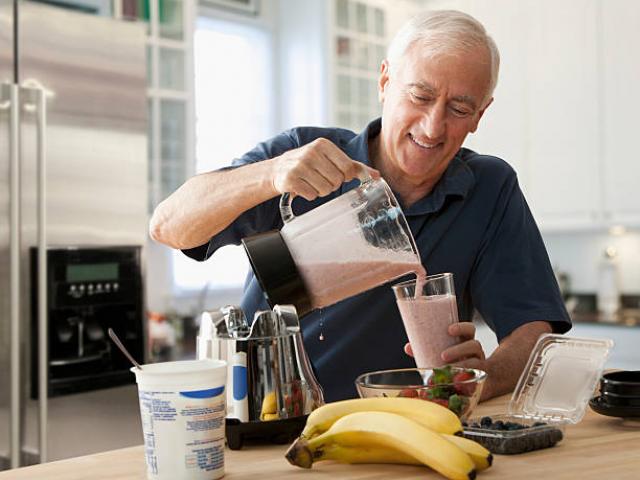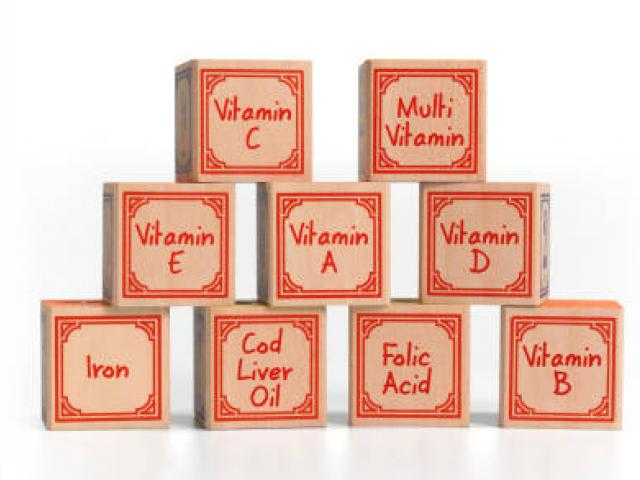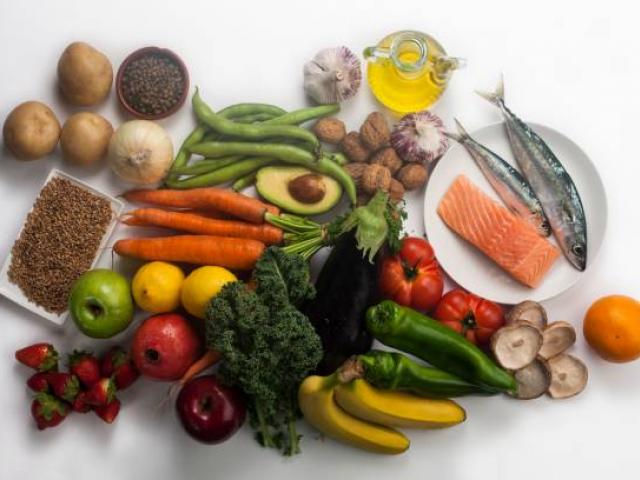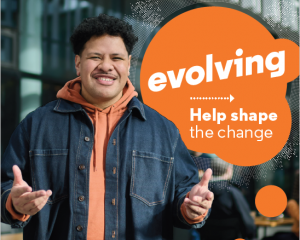Eating well

Vitamins
Calcium and vitamin D
Calcium is important for healthy muscles, nerve function and strong bones. As we age, muscle mass begins to break down and bone mass deteriorates. Calcium is crucial for post-menopausal women who may be at risk of osteoporosis.
Vitamin D can help us absorb calcium from foods such as dairy, eggs, butter, calcium-set tofu, sardines and salmon. Doctors can prescribe a vitamin D supplement, especially in the winter when sunlight in Dunedin can be insufficient, as the locals know only too well!
Vitamin A
This vitamin can contribute to optimum eye health. Vitamin A is found in kumara and carrots, providing nutrients our eyes need. There is actually some truth in carrots helping us to see in the dark!
Folate and vitamin B12

Vitamin B12 is crucial for nerve function and red blood cell formation. As we age, it becomes harder to absorb B12 from food. Medications such as metformin, used to manage diabetes, can increase our risk of deficiency. Other risk factors include Crohn’s disease, a strict vegan diet and drinking alcohol excessively. Food sources for B12 include red meat, chicken, fish and dairy products. Vitamin B12 injections, a supplement or nasal spray may be prescribed for a lack of B12.
Eat your way to beauty

Poor nutrition and dehydration can show in our skin, hair and nails. Six to eight glasses of fluid a day, especially water, is the optimum to assist our skin’s elasticity. So what foods are best for beauty, both inside and out?
Vitamin E – think almonds and avocados with a scattering of sunflower seeds.
Selenium – this mineral can help to protect against UV damage and inflammation caused by a poor diet. Grab yourself a handful of brazil nuts and a wholegrain tuna sandwich to benefit from this secret weapon.
Powerful pineapples – pineapples contain Vitamin C and bromelain, an enzyme that fights inflammation. They are packed with nutrients and drinking the juice regularly may even help the skin stay smooth and firm.
Potent peppers – peppers, or capsicums, pack quite a nutritional punch for our skin. Apart from being high in fibre and Vitamin C they contain iron, vitamins B6, K and A as well as manganese and potassium.
The Mediterranean model

Typical meals may be a breakfast with yoghurt and fresh fruit; lunch, a wholegrain tuna, cheese or hummus sandwich with salad or a handful of nuts; dinner could be oven-baked fish or grilled chicken with a jacket potato, vegetables or salad.
The thirst for non-alcoholic drinks
There is a growing demand in New Zealand and overseas for low or non-alcoholic beverages. The past few years has seen the development of a more authentic taste in beers and a wider range of choice from the wine industry. Health and wellness is a part of this trend, as consumers are aware of the more negative aspects of alcohol. Many zero alcohol beers are also low in calories, carbs and sugar. A hybrid or remote working model has also influenced the way we socialise; drinking after work has largely been replaced in many countries by ‘walking meetings’ in nature, coffee, or a healthy lunch.
And finally, enjoying and taking pleasure in food is also part of healthy eating.
- Gill Towle











